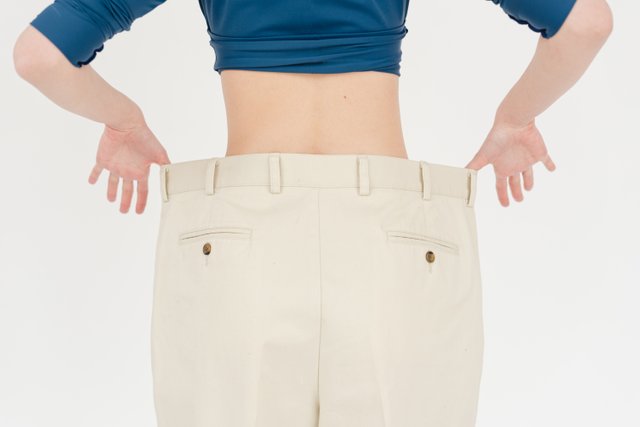1 Do not skip breakfast
You will not lose weight if you skip breakfast. You may be missing out on important nutrients, and you may find yourself nibbling more during the day as a result of your hunger.
2 Eat regular meals
Eating at regular intervals throughout the day aids in calorie burn. It also inhibits the desire to munch on high-fat, high-sugar foods.
3 Eat plenty of fruit and veg
Fruit and vegetables are low in calories and fat, and high in fiber - three key elements for weight loss success. They're also high in vitamins and minerals.
4 Get more active
It's crucial to be active if you want to lose weight and keep it off. Exercise, in addition to having several health benefits, can aid in the burning of excess calories that cannot be lost by diet alone.
5 Drink plenty of water
When all you truly need is a glass of water, you may find up swallowing additional calories.
Water is an inexpensive and healthful way to relieve your thirst at any moment. It is calorie-free and free of sweets that might harm teeth. If plain water does not appeal to you, try sparkling water or a slice of lemon or lime.
6 Eat high fibre foods
Fibre-rich foods can help you feel fuller for longer, which is ideal for weight loss. Fruit and vegetables, oats, wholegrain bread, brown rice and pasta, as well as beans, peas, and lentils, are all high in fibre.
7 Read food labels
Understanding how to read food labels can assist you in making healthier choices. Calculate how a particular food fits into your daily calorie allowance on the weight reduction plan using the calorie information.
Nutrition labels are frequently displayed on the back or side of packaging as a panel or grid.
Energy (kJ/kcal), fat, saturates (saturated fat), carbohydrate, sugars, protein, and salt are all included on this type of label. It may also provide additional details on specific nutrients, such as fiber. All nutritional information is given in terms of 100 grams and, on occasion, per portion.
8 Use a smaller plate
Fewer plates can assist you in eating smaller meals. You might be able to gradually get used to eating smaller portions without becoming hungry if you use smaller dishes and bowls. It takes around 20 minutes for the stomach to send a signal to the brain that it's full, so eat carefully and stop when you're satisfied.
9 Do not ban foods
Avoid excluding any foods from your weight-loss strategy, particularly those you enjoy. Prohibiting foods will simply increase your desire for them. There's no reason you can't indulge in a treat now and then as long as you stick to your daily calorie limit.
10 Do not stock junk food
Keep junk food, such as chocolate, biscuits, crisps, and sweet fizzy drinks, out of the house to avoid temptation. Instead, eat fruit, unsalted rice cakes, oat cakes, unsalted or unsweetened popcorn, and fruit juice as healthful snacks.
To acquire and maintain a healthy body weight, this entails eating a wide variety of meals in the proper quantities and consuming the right amount of food and drink.
11 Cut down on alcohol
A typical glass of wine has around the same amount of calories as a piece of chocolate. Drinking too much alcohol can lead to a variety of health problems over time. Drinking four bottles of wine per month results in a yearly caloric intake of nearly 27,000kcal, which is almost the same as eating 48 Big Macs. Over the course of a year, drinking 5 pints of beer adds up to 44,200kcal, the equal as eating 221 doughnuts.
12 Plan your meals
Plan your breakfast, lunch, dinner, and snacks for the week so you don't go over your calorie limit. Making a weekly schedule may be beneficial.
Click here for more: https://linktr.ee/Isharasam12

Photo by SHVETS production from Pexels